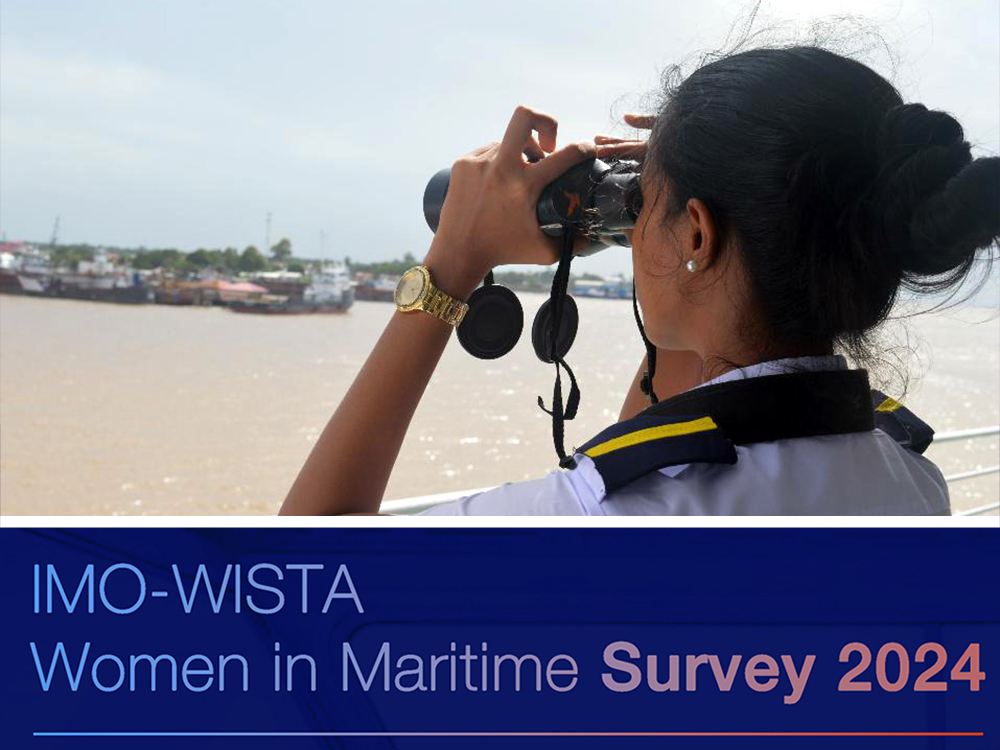
This second global survey, conducted by the IMO and the Women’s International Shipping & Trading Association (WISTA International), is held every three years to gather baseline data on the number of women in maritime and ocean fields and their roles.
The IMO emphasizes that the survey supports the United Nations Sustainable Development Goals (SDGs) by providing comparable data to help create programs and propose policies that will increase women’s participation in maritime. This initiative aims to promote a more diverse and inclusive environment in the maritime sector. A report with aggregate data will be available on the IMO and WISTA International websites.
The survey will offer a global snapshot of gender diversity in the maritime sector, highlighting progress made by Member States and naval companies since the 2021 study.
All maritime companies and organizations, regardless of size, location, or specialization, are encouraged to participate. This includes shipowners, port operators, law firms, insurers, marketers, small to medium businesses, and sole traders. Broad participation is crucial for achieving accurate and representative results, so sharing the survey link within networks is strongly encouraged, said IMO.
Participants will submit data on workforce demographics (gender, age, leadership roles) and workplace policies impacting gender equality, focusing on 2023 data. The results, to be published on May 18, 2025, for the International Day for Women in Maritime, will provide invaluable insights for policymakers, industry leaders, and advocacy groups working to promote equal opportunities for women in maritime careers, according to the IMO.
In the 2021 survey, 500 responses were recorded. The largest single category of respondents was shipowning companies, followed by maritime associations. Women made up 34% of the workforce in shipowning companies and 16% in maritime associations. Respondents also included port operators, cruise, bunkering, and workboat industries such as fishing, offshore, towage, and dredging. Overall, women comprised 29% of employees across these sub-sectors.




